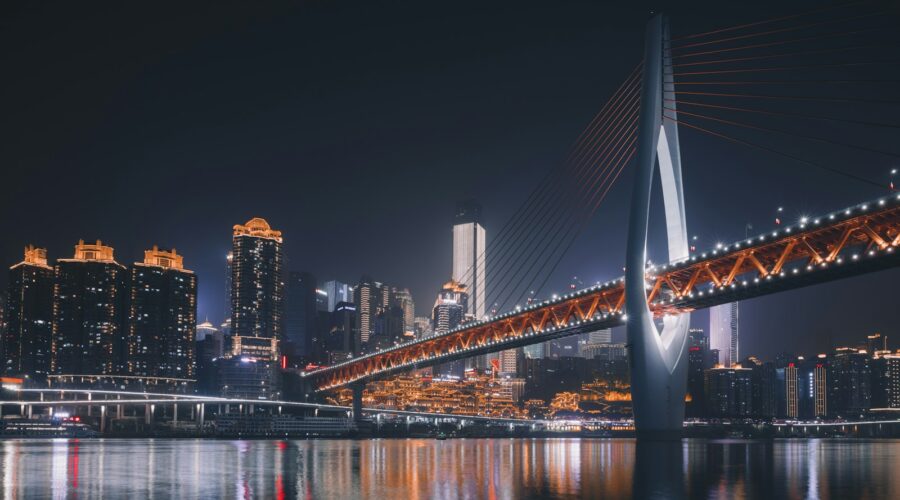In the world of high tech manufacturing, rare earth elements are the unsung heroes powering everything from smartphones to electric vehicles. These minerals are crucial for modern gadgets and green energy solutions. Yet, recent moves by China have sparked fresh concerns about supply chain vulnerabilities. As of July 2025, Beijing’s export restrictions on rare earths are making waves, especially after strong arming Japan in a dispute that echoes past tensions. This development serves as a wake up call for businesses worldwide, highlighting the risks of over reliance on a single supplier.
Understanding Rare Earths and China’s Dominance
Rare earth elements include 17 minerals like neodymium and dysprosium, essential for magnets in wind turbines, electric car motors, and defense tech. China controls about 80 percent of global production and processing, a position built over decades through strategic investments and policies. Back in the 2010s, China briefly cut exports to Japan amid a territorial spat, causing prices to skyrocket and prompting other nations to seek alternatives.
Fast forward to 2025, and history seems to be repeating itself. In April, China rolled out tighter export controls on seven key rare earths, citing national security and environmental reasons. This move comes amid rising geopolitical tensions, including trade frictions with the West. The restrictions require exporters to report details on shipments, which critics say gives Beijing more leverage to influence global markets.
The Japan Dispute and Immediate Fallout
Japan, a major importer of rare earths for its auto and electronics industries, felt the pinch early. Reports indicate China used its market power to pressure Tokyo in negotiations over supply agreements. This echoes the 2010 embargo, which led Japan to diversify sources and invest in recycling tech. Today, Japan is responding by teaming up with the European Union to explore joint procurement strategies, aiming to cut dependence on China.
The fallout is already visible. Rare earth prices have climbed, affecting companies like Toyota and Sony. Broader supply chains could face disruptions if restrictions escalate, potentially delaying production of EVs and renewable energy equipment.
Implications for the US and Global Trade
The United States is watching closely, viewing China’s actions as a lesson in economic coercion. Washington has ramped up efforts to build domestic rare earth capabilities, including funding for mines in California and Texas. A recent agreement with Australia bolsters alternative supplies, drawing from lessons of past embargoes.
For businesses, this means rethinking strategies. Diversifying suppliers, investing in recycling, and supporting R&D for substitutes are key steps. Tech giants like Apple and Tesla are already exploring these options to shield against volatility. On a larger scale, this could reshape global trade, pushing for more resilient alliances among democracies.
What Businesses Can Do Moving Forward
Companies should monitor policy shifts in Beijing and prepare contingency plans. Partnering with emerging producers in Australia, Vietnam, or Africa could provide buffers. Governments are stepping in too, with subsidies and trade pacts to foster independence.
In summary, China’s rare earth policies in 2025 underscore the fragile nature of global supply chains. By learning from Japan’s xperience, businesses can build stronger, more secure operations. Staying ahead in this game means adapting quickly to geopolitical realities, ensuring innovation keeps flowing without interruption.
